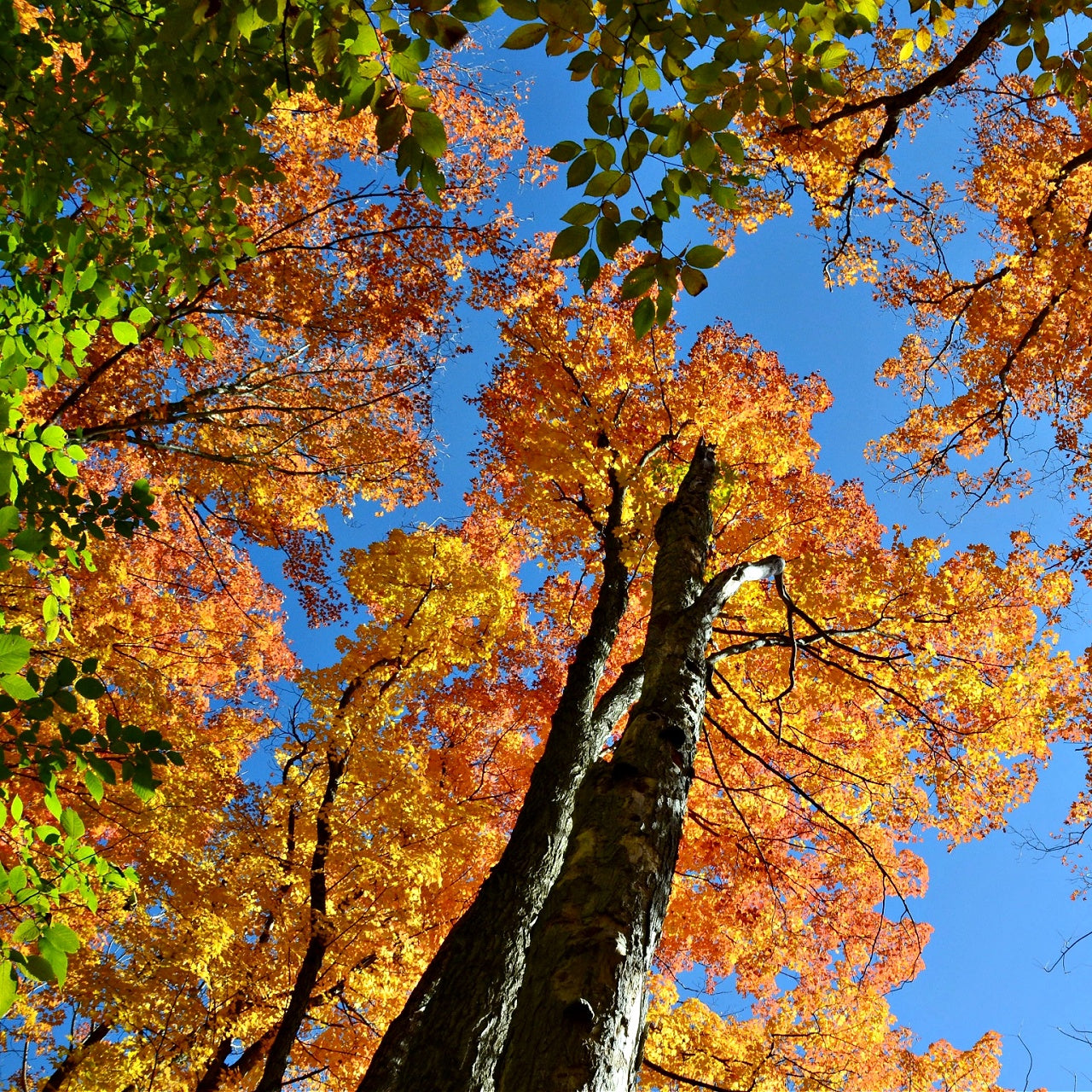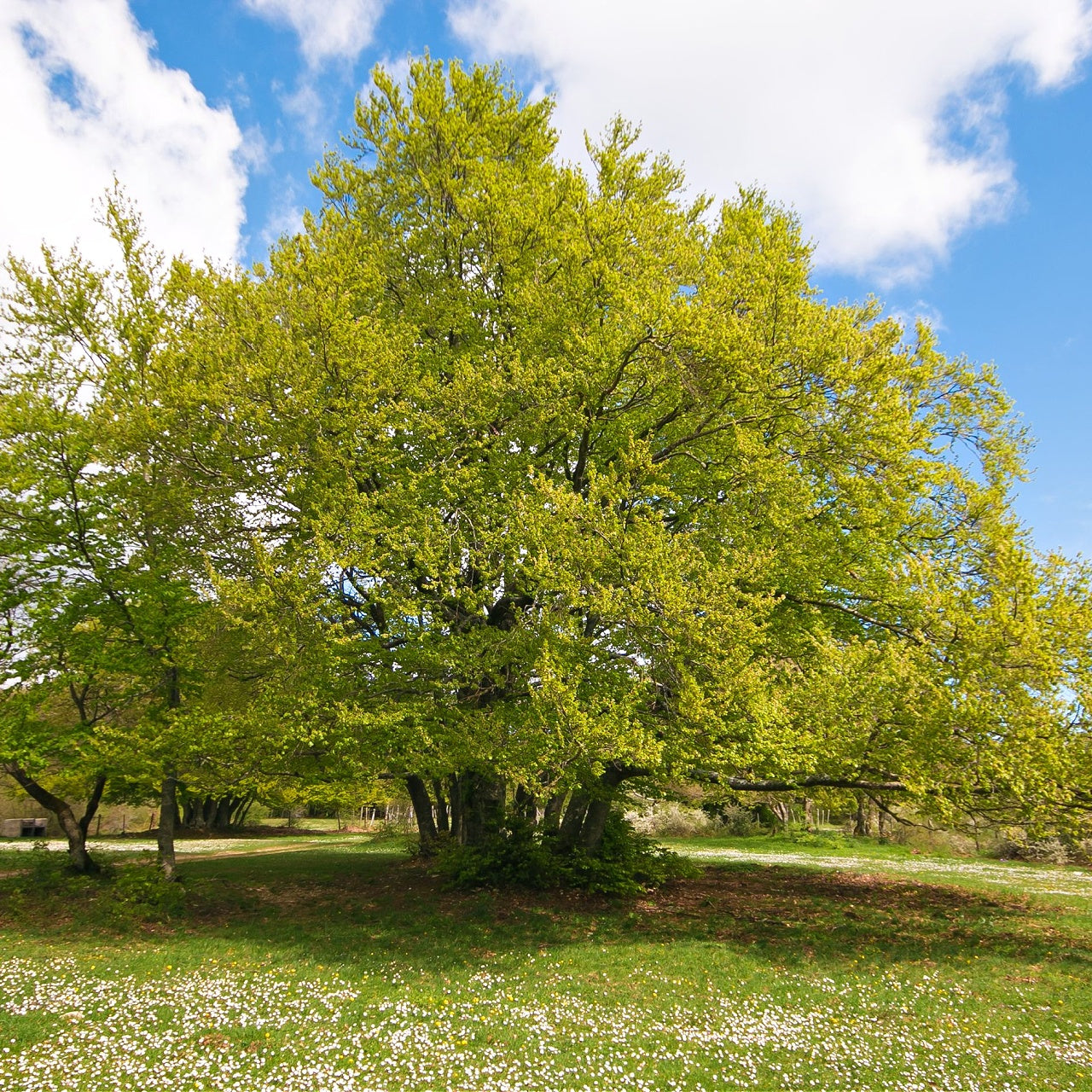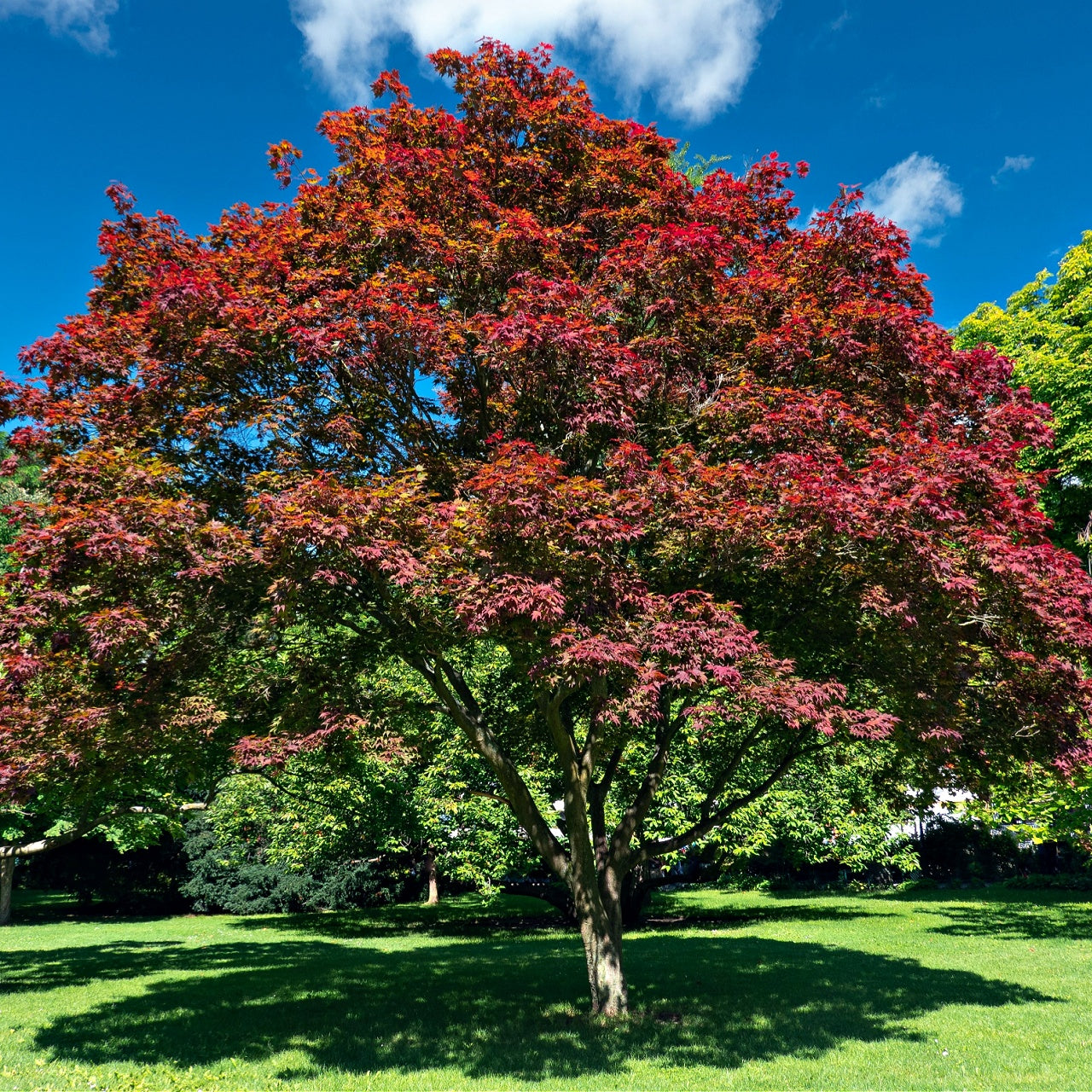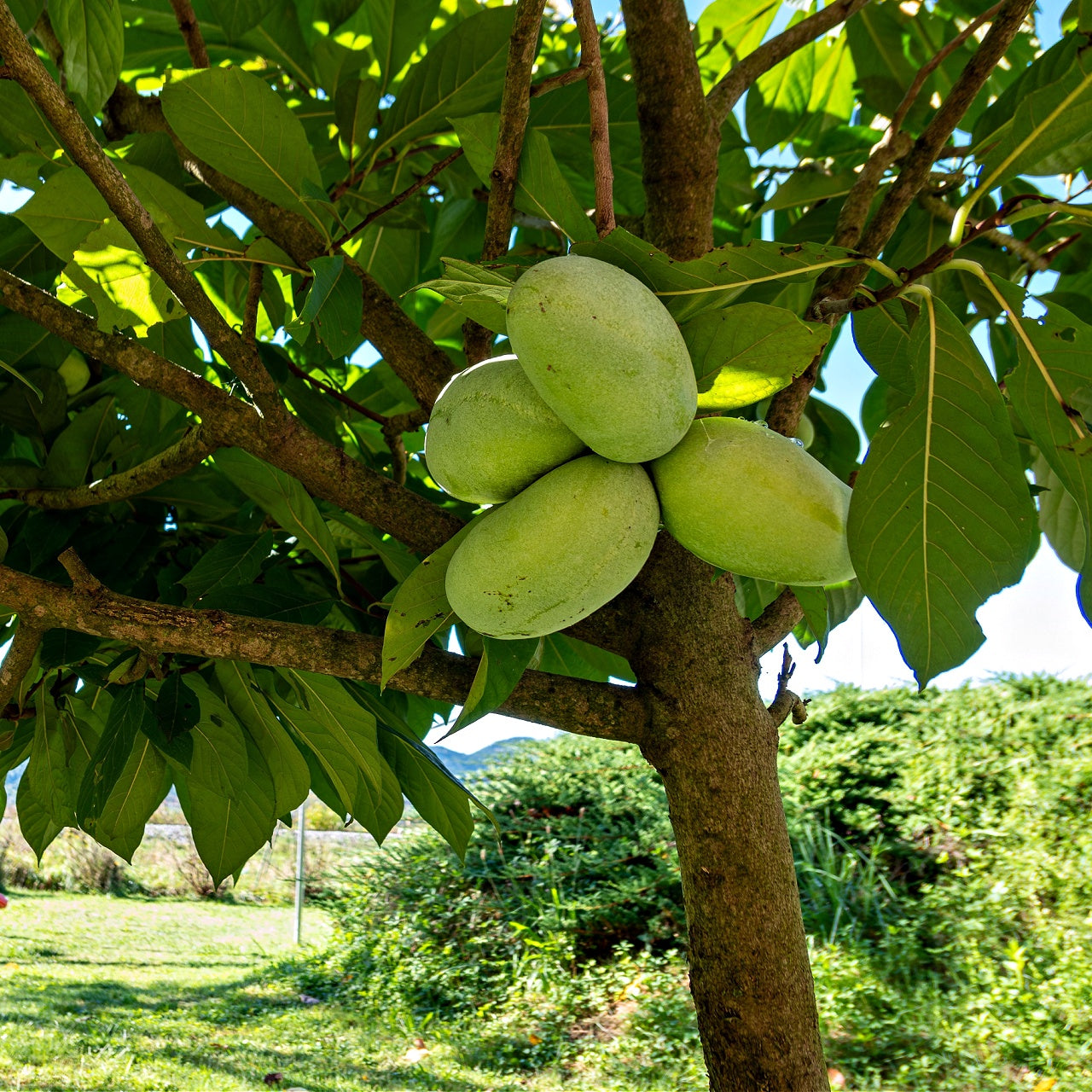
Late-Season Blooms That Dazzle
Late-Season Blooms That Dazzle
Wild Aster Plant
Wild Aster plant ranks among the hardy perennials that offer home and commercial landscapes abundant daisy-like flowers. The Wild Aster plant typically develops white flower heads that emulate twinkling white stars. Gardening enthusiasts often include Wild Aster because its late summer and autumn blooms sustain color after many other varieties have waned.
Many Wild Aster plant varieties thrive in North America. These include the New England Aster (Symphyotrichum novae-angliae) and the New York Aster (S. novi-belgii). However, the Wild Aster plant is among the most reliable because of its hardy nature and native adaptability to local soils. That's why many consider the Wild Aster plant a wise ecological choice. In residential and commercial landscapes, this flowering perennial is routinely employed in wildflower gardens, along borders, and standalone beds. It makes a suitable companion to other perennials and shrubs, and the late-season nectar helps attract and sustain pollinating bees and butterflies.

How To Cultivate Wild Aster Plants
The Wild Aster plant shies away from the hot, dry, full-sun landscapes that sometimes allow traditional daisies to succeed. While it enjoys much sunbathing, it can wilt without steady hydration. Gardeners are well served to select a space that delivers plenty of sunlight where the soil remains damp. The alternative is to check in regularly and water the Wild Aster plant assets. The optimal period to plant Wild Aster runs from the middle to the end of spring. Starter plants can easily succeed during early summer and mid-summer. Depending on the type's mature height and width, they thrive best when spaced 1-3 feet. It's essential to water your Wild Aster plant consistently after the initial planting. Consider these fast facts when selecting Wild Aster.
Sunlight: Full sun to partial shade
Soil Choices: Grows in sandy, loamy, and soil with clay content.
Water: Requires routine watering or typically moist soil.
Blooming: Late summer to fall
Growth: Reaches a mature height of 3-6 feet, depending on the variety
When cultivating the Wild Aster plant, a modest layer of compost covered by mulch around the stem generally helps encourage robust growth. It's also essential to avoid overcompensating with water. While the Wild Aster plant flourishes in moist soil, excessive hydration can cause it to shed lower leaves. Some home gardens like to pinch back their Wild Aster as summer arrives to promote thick, bushier plants and increased starry blooms. Some people cut back their Wild Aster during late fall, while those who enjoy moderate winters may let them stand. Wild Aster plants reseed and may require thinning on alternating years.
Wild Aster Plant For Late Season Blooms
We hope this Wild Aster plant overview proves helpful in your decision-making process. If you feel integrating a daisy alternative with a wildflower ambiance would enhance your home or residential landscape, Wild Aster ranks among the popular choices. We stock a complete inventory of Wild Aster plants and other perennials to complete your garden.






